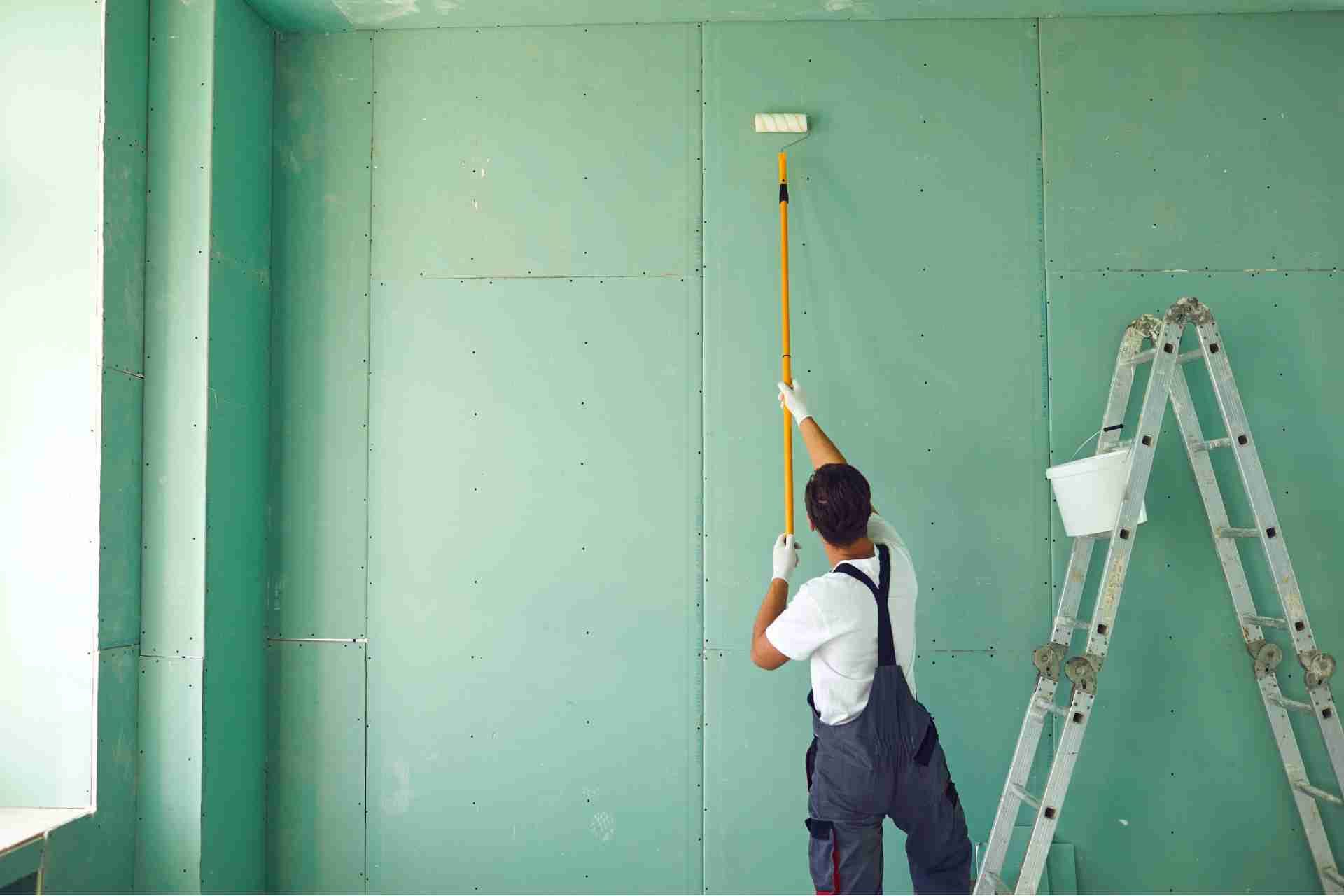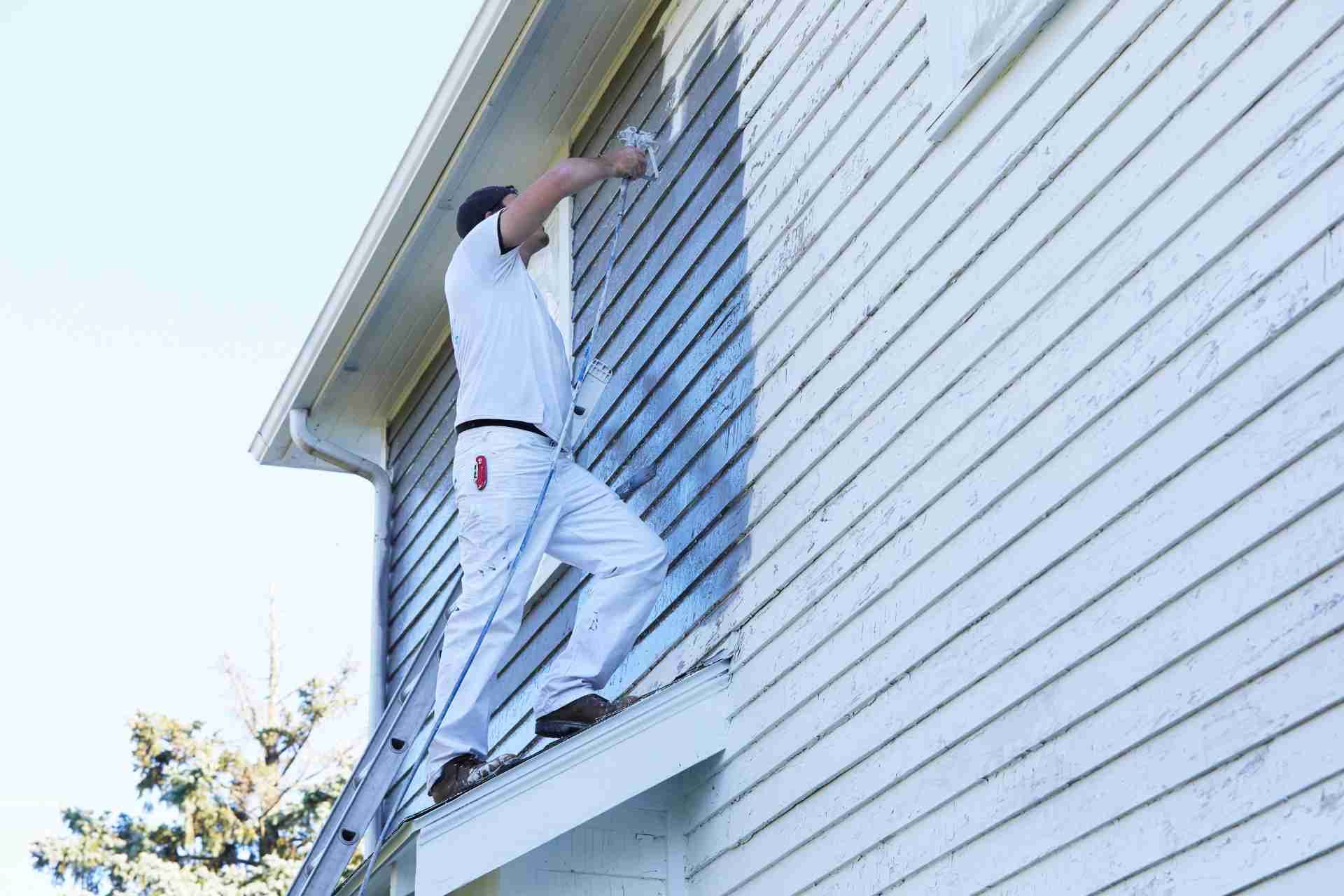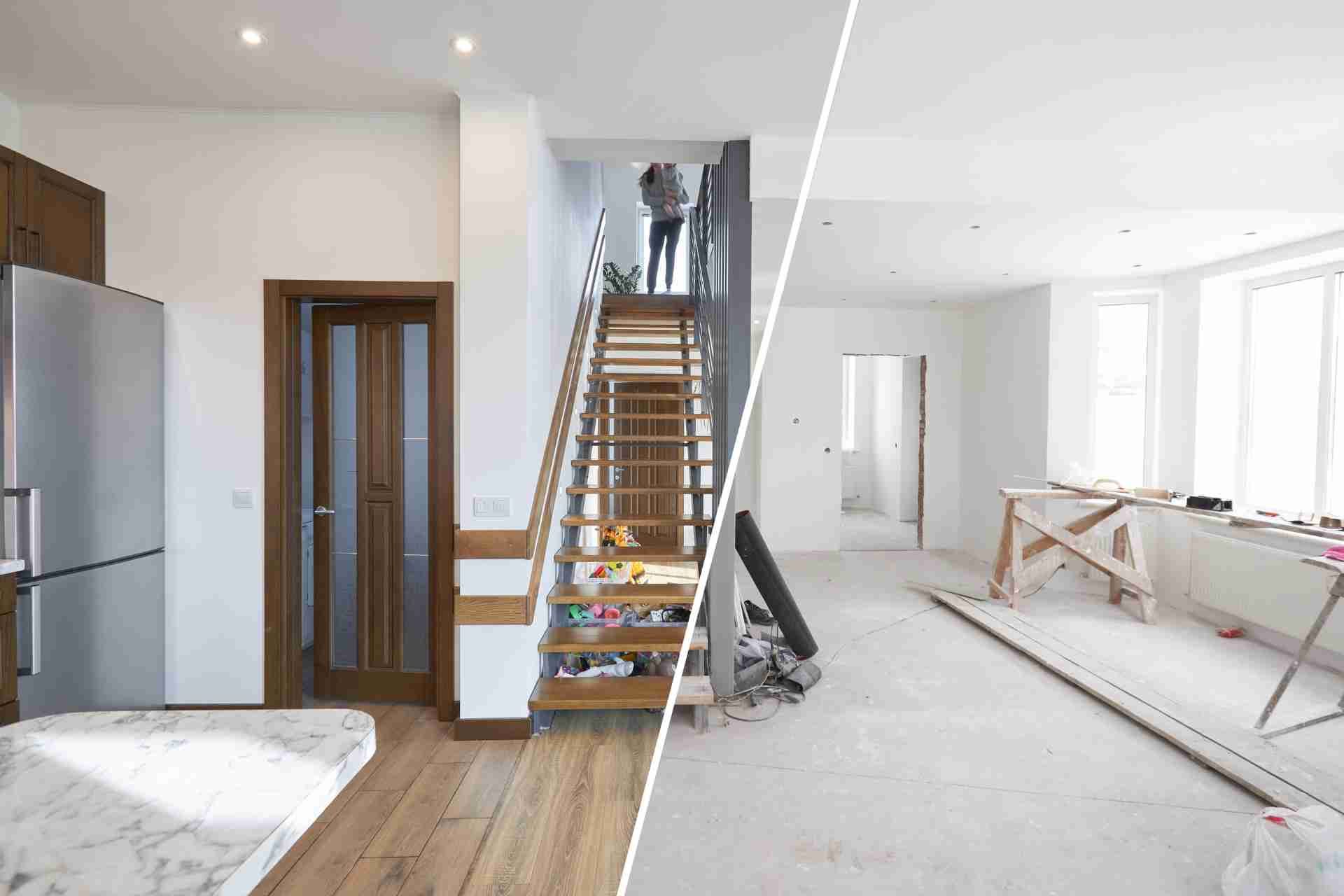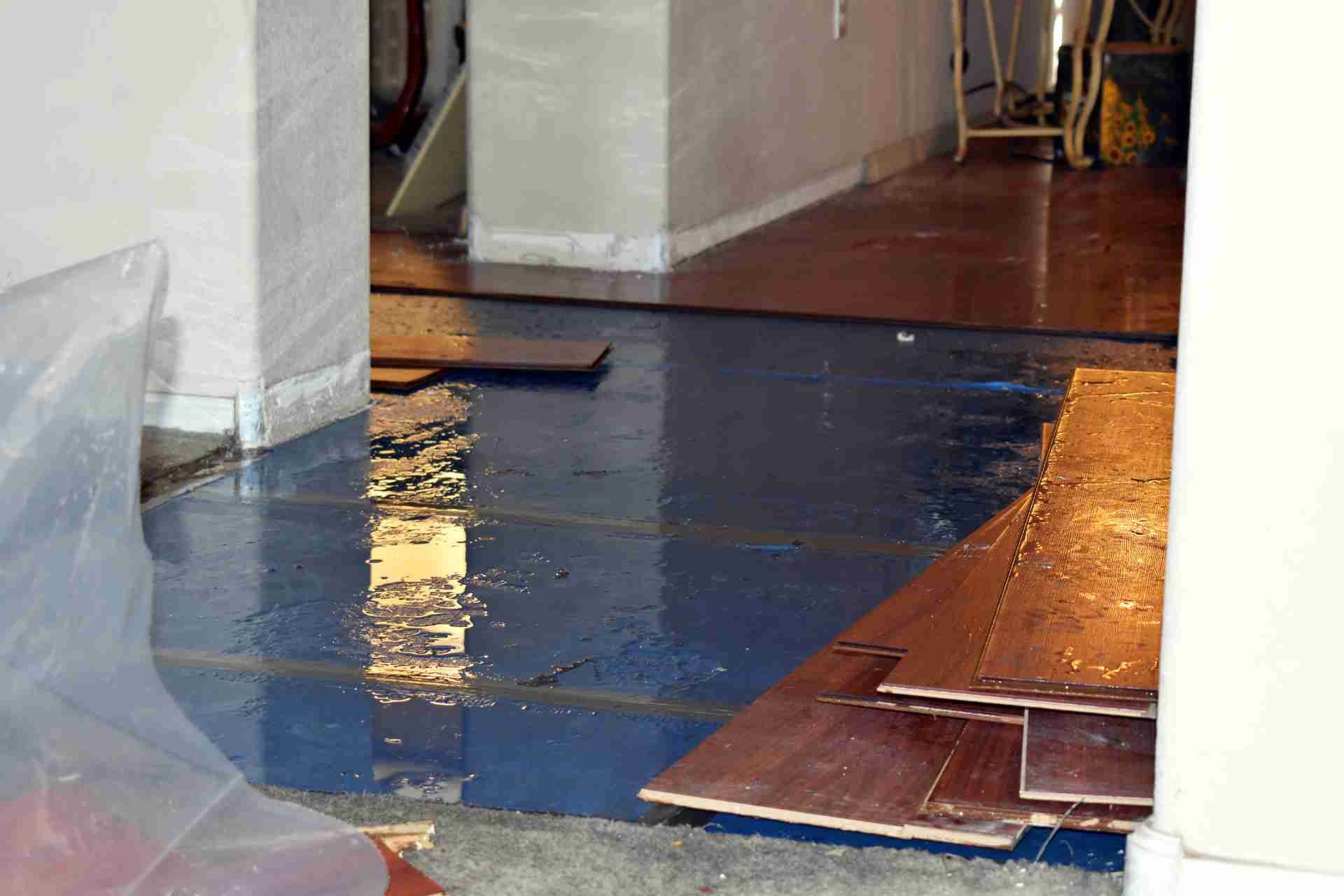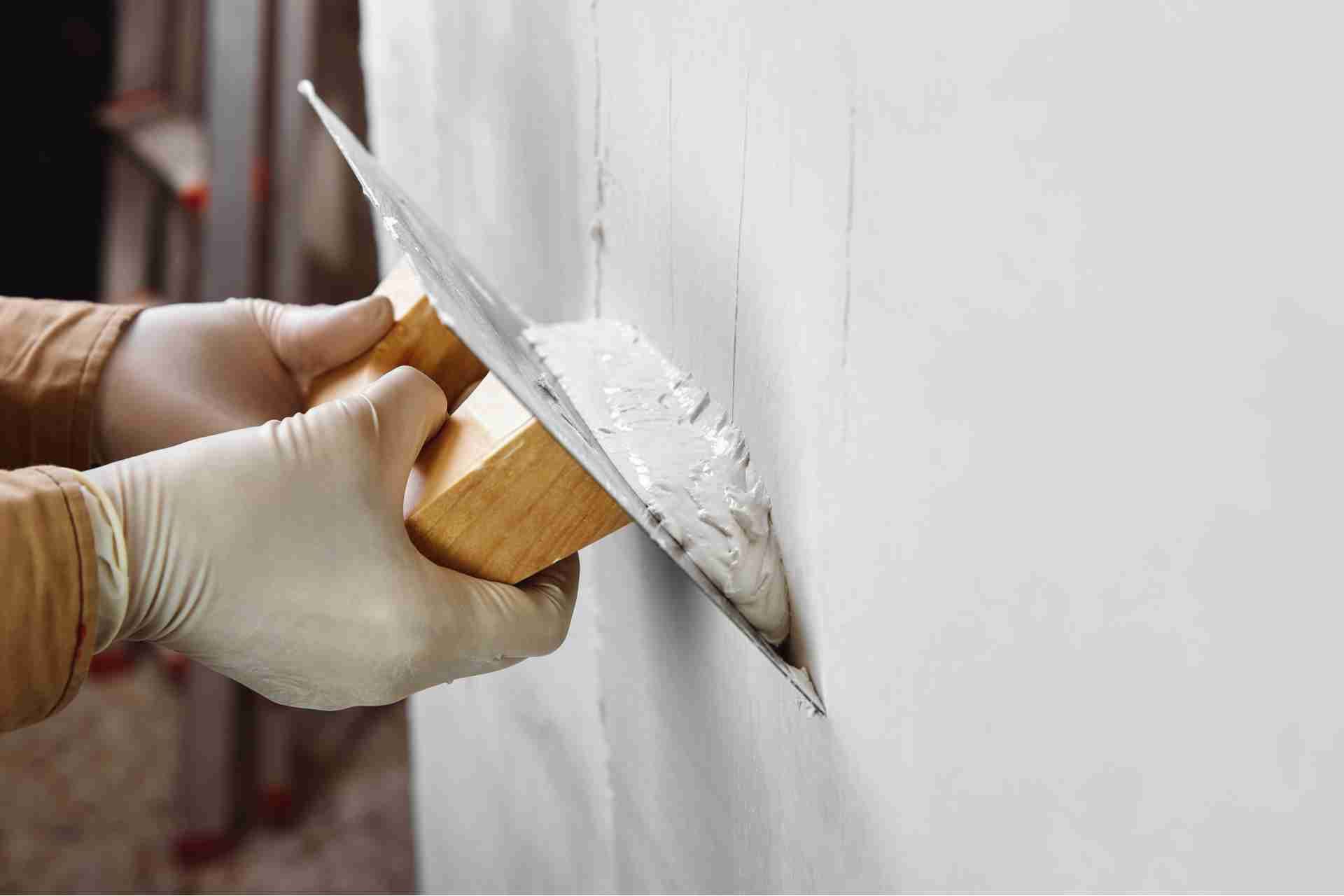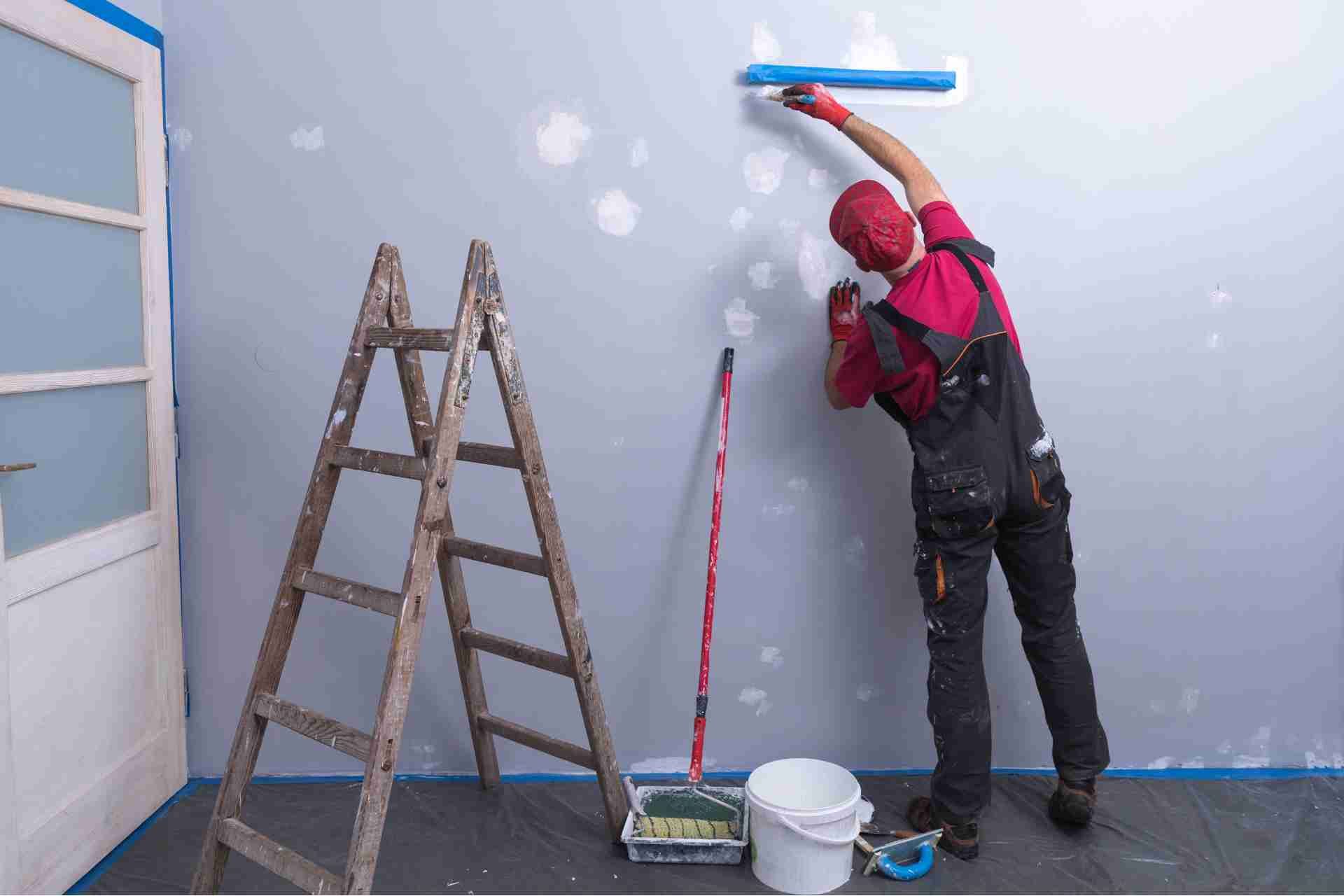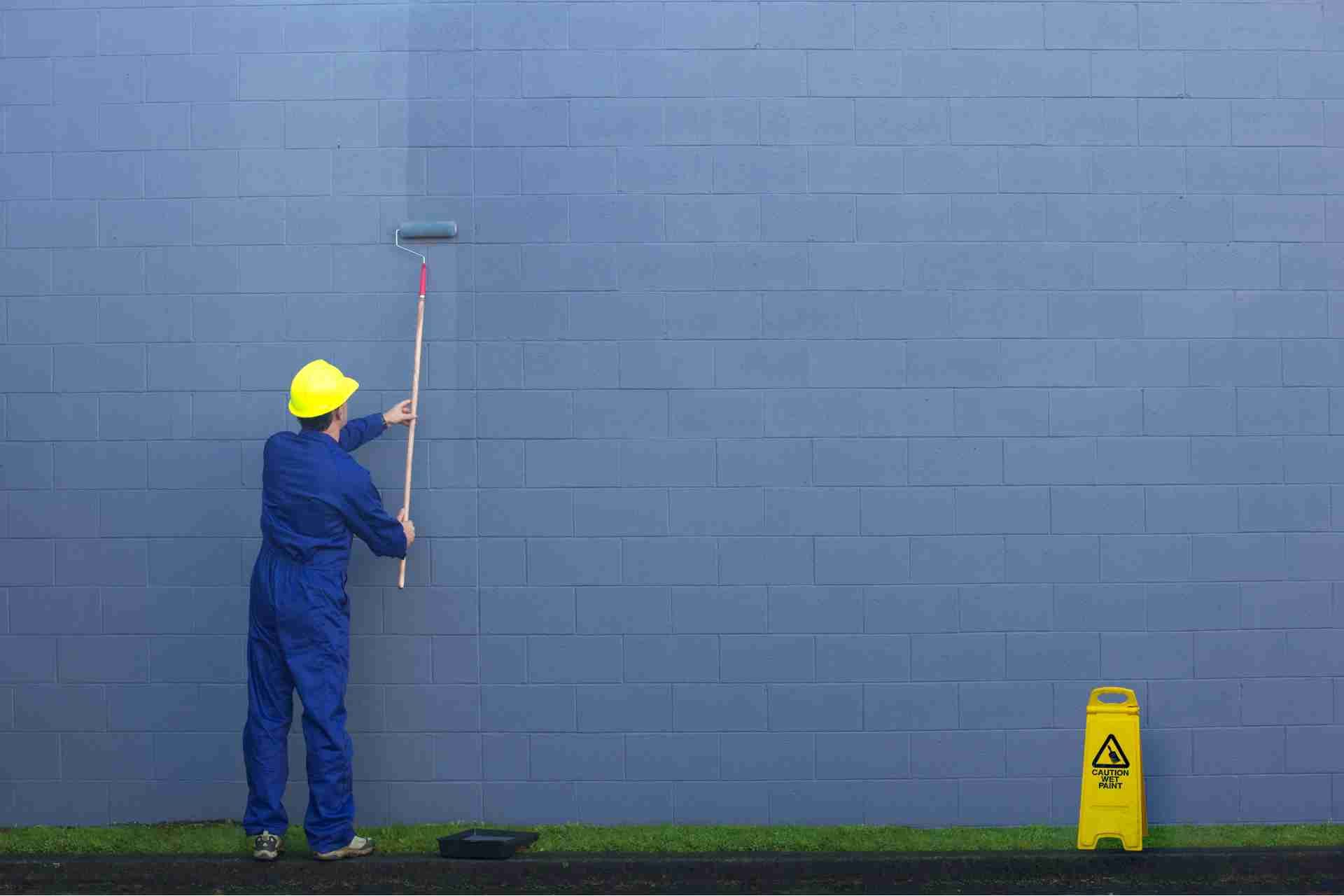Essential Prep Work Before Painting Your North Carolina Home
Before you pick up that paintbrush, it's crucial to take a few key steps to prepare your North Carolina home. You'll want to assess the surfaces, clean them thoroughly, and protect your surroundings. Ignoring this prep work can lead to disappointing results. So, what should you focus on first? Let's explore the essential tasks that will set the stage for a successful painting project.
Assessing Surface Conditions and Repairs
Before you pick up a paintbrush, you need to assess the surface conditions of your home.
Start by examining your walls and ceilings for cracks, peeling paint, or water damage. If you notice any issues, it's crucial to address them before painting. Fill in cracks with spackling compound and sand smooth once dry.
For any peeling areas, scrape off loose paint and consider applying a primer to ensure better adhesion.
Don't forget to check for mold or mildew, especially in humid areas; a thorough cleaning or treatment may be necessary.
Finally, inspect your trim and moldings for any signs of wear.
Completing these repairs will create a solid foundation for your new paint, ensuring a lasting finish.
Selecting the Right Paint and Tools
Choosing the right paint and tools can make all the difference in achieving a professional-looking finish. Start by selecting high-quality paint suited for your home's exterior or interior. For durability, consider paint with mildew resistance, especially in North Carolina's humid climate.
Next, pick the right finish—matte, satin, or gloss—based on the look you want and the surface type.
Don't forget your tools! Invest in good brushes and rollers, as they can impact how the paint applies and looks. A sturdy ladder is essential for reaching high spots, while painter's tape helps ensure clean lines.
Lastly, a paint tray and extension poles can make your job easier and more efficient. Remember, quality tools lead to better results!
Cleaning and Preparing Surfaces
Having the right paint and tools sets the stage, but you can't achieve a flawless finish without properly cleaning and preparing your surfaces.
Start by removing dust, dirt, and grime with a mild detergent solution. Rinse the surfaces thoroughly and let them dry completely.
For previously painted areas, check for peeling or chipping paint and scrape it off. If you find any stains or mildew, treat those spots with a suitable cleaner.
Once you've prepped the surfaces, sand any rough areas to create a smooth texture.
Finally, wipe down the surfaces again to eliminate any dust created during sanding.
This thorough preparation ensures your paint adheres well and looks professional, setting you up for a successful painting project.
Protecting Surrounding Areas
When tackling a painting project, it's essential to protect surrounding areas to prevent accidental splatters and drips. Start by moving furniture away from walls and covering it with drop cloths.
Use painter's tape to mask off edges, trim, and any surfaces you don't want to paint. Lay down plastic or canvas drop cloths on the floor to catch any spills.
Don't forget to remove or cover light fixtures, outlet covers, and switch plates. If you're painting outdoors, shield plants and landscaping with tarp or cardboard.
Taking these precautions ensures your space remains tidy and minimizes cleanup. By investing time in protection, you'll enjoy a smoother, more efficient painting experience.
Timing Your Painting Project
How can you ensure your painting project goes off without a hitch? Timing is everything. In North Carolina, consider the weather and seasons. Aim for spring or early fall when temperatures are mild and humidity is manageable. This helps the paint adhere properly and dry quickly.
Avoid summer's sweltering heat and winter's chill, as they can lead to poor results. Additionally, keep an eye on local weather forecasts. Rain can ruin your plans, so schedule your project during a dry stretch.
If you're painting outdoors, plan around peak pollen seasons to minimize dust and debris. By choosing the right time, you'll set yourself up for a successful, hassle-free painting experience that looks great for years to come.
Conclusion
By taking the time to assess surface conditions, select the right paint and tools, and clean thoroughly, you're setting yourself up for a successful painting project. Don't forget to protect your surrounding areas and choose the right time for the job, ideally in mild weather. With these essential prep steps, you'll ensure your North Carolina home looks its best and stands up to the elements. Happy painting!


